Nature Weaving Wall Hanging Project
This week I’m continuing with the plant craft theme to share an easy and accessible way to craft with plants: a nature weaving wall hanging porject.
There are so so so many ways to do nature weaving with plants. Perhaps the easiest plant weavings to start with are ones geared towards kids. Take a look at my “Plant Crafts” Pinterest board for all sorts of plant craft and nature weaving (and lots of other plant craft) ideas.
My hope is that you will dip your toes (er…hands) into doing your own nature weaving project.
If you are reading this I probably don’t have to convince you that plant crafting is just plain fun.
And beautiful.
Add those two things together and you have what I consider to be a very therapeutic project on your hands.
A love for fiber crafts
When I was a kid, our living room was adorned with an antique wood spinning wheel. I was always intrigued by this seemingly finicky, yet low tech piece of machinery, probably reinforced by the enchanted spindle in my favorite movie, Sleeping Beauty.
But instead of learning how to spin wool, as a kid I learned to sew both by hand and by machine, cross stitch, finger crochet, use a seed bead loom and weave waaay to many potholders (remember those?).
These are great fiber art activities to introduce to kids.
In fact, there are wildly known benefits for kids to learn crafts like fiber arts. Crafts enhance fine motor skills, planning, executive function and continually build skill as the child’s confidence grows, in addition to the creative expression these crafts engender.
But kids are not the only ones who benefit from crafts or fiber arts. Check out this article for interesting studies about adult crafting.

The crafting resurgence of the oughts
Do you remember the huge resurgence in crafting in the early to middle 00’s?
Martha Stewart started her home economics empire in the mid to late 90’s, and by 2003-ish, crafting was everywhere and done by all sorts of people.
Although I had continued sewing into early adulthood (and had worked in a costume shop as a seamstress), I gladly jumped on this fad to broaden my crafting repertoire.
I made my second online purchase ever on EBay to buy a lot of steeply discounted wool yarn. Then I walked in a Duluth snowstorm to the yarn shop and bought the needles I needed to knit a hat. With that, I was hooked on knitting.
Around this time there was a story in the New York Times about a yarn stop that was making so much money that the IRS and the government preformed a sting investigation, because they were sure that it had massive money laundering operation…little did they knew that knitting was a legitimately huge trend. (But seriously, were they hiding under a rock? Practically everyone and their dog was knitting at that time).
I think there are a few reasons for the crafting resurgence.
First of all, crafting is fun, relaxing and it makes you feel good. Period.
Secondly, does the term Stitch and Bitch ring a bell? Crafting is a great no-pressure community builder. You can do it by yourself or do it with others.
Thirdly, crafting balances the modern digital world for instant gratification, information overload and social media dopamine farming. I think this is because of the state of flow it can induce.
The joy of working with your hands
I think another reason to craft is that we receive positive neurotransmitter release when we use our hands.
The area between the thumb and first finger, in the mound on the back of the hand below the web (called the thenar webspace) contains the largest concentration of neurotransmitters outside of the brain. We humans are hard wired to work with our hands, and to feel the intrinsic reward that comes during and afterwards.
This area of the hand is where the acupuncture point LI 4 is located. Incidentally, this is a main point used for pain.

Weaving as Meditation
Under-over, under-over, row by row.
The repetition induces a meditative state.
As Sarah Neubert writes in “Woven Flow: Weaving As Meditation”, weaving can bring the weaver into a state of flow, producing brainwaves akin to meditation:
“Just as in meditation, the flow state allows for decreased activity in the prefrontal cortex, which is responsible for the more analytical functions of the brain such as logic, sense of self, decision-making, and social awareness.
“That means that your rational brain, which almost never gets a break from its constant attempts to regulate everything you do, can rest, and the more primal regions of your brain get a turn at the wheel. Your limbic system, which is instinctual and emotive, becomes dominant.
“The result is an uninhibited experience of creativity. You stop overthinking and can simply be.”
Weaving as a connection to ancestors
Weavers and woven threads (and the master weavers, Spiders) are a part of many, many creation myths and spiritual beliefs the world over.
My own pre-Christian Norse ancestors gave much spiritual power to the weavers, both in the creation myths and cosmology and in spiritual practices of daily life.
Nordic communities were often seafaring ones, and the women were the weavers of the all-important sails. While they concentrated on weaving the sails, these women conducted rituals and entered trance-like states, but not trance in the way of disconnecting to your consciousness but altering it. (Arith Härger has a video about this here – FYI at the end he talks about some things related to the possible sexualization of a tool in case you don’t want people around you to hear that).
Archeological evidence and the small amount of written accounts (mainly the Sagas from Iceland) confirm that metal distaff (the tool used for spinning) was held by the Norns and Völva, women of spiritual significance, who we could call shamanic practitioners of Seidr.
One of my own personal reasons for crafting is that it is a way to connect to my ancestors. Crafting has not just a past time but vital to communities of the past and still to this day.
After connecting with my ancestors and working with ancestral healing, which helped me open and tend my relationship to them, I now regularly feel a tug, a push, a prod to begin a craft directly from my ancestors.
And I am game to listen, because I love to craft but hardly prioritize it in my daily life.
Which brings me to how I made this particular nature weaving craft.
Småland, the land of IKEA and my ancestors
One Sunday afternoon in August, the thought popped into my head to go to IKEA and buy a kids weaving loom. I followed my inspiration and packed the kids in the car and drove to the IKEA in my city.
The first thing I saw when I entered IKEA was the kids play area which is called “Småland”, named after a state in Sweden that I happen to have 50% of my ancestry from. Both my grandma and grandpa on my moms side were 100% Swedish and had family who came from this particular region.
When I saw that sign, I started to wonder if my ancestors had put me up to this. I asked for confirmation and got a YES.
Soon enough I found the loom… but I decided against buying it.
I was still quite sick at the time with Lyme and felt like I wouldn’t give it justice. The loom would probably sit on my basement gathering dust, and I would feel guilty about not using it.
But yet I still wanted to engage with weaving as a way to connect with my ancestors, who were on my mind.
A weaving loom made with sticks
Instead, I decided to create my own loom with sticks. It could be small, and I could use whatever materials I had on hand.
I didn’t want to pressure myself to create something the “right” way, because let’s face it, if I had to go out and buy some special supply, I would probably never begin weaving in the first place.
Another reason I wanted to create a frame with sticks is that it would easily make this nature weaving a wall hanging.
If I used a traditional loom, I would have to integrate a wooden dowel into the top if the weaving, which while not terribly hard, it is one more step that this chronically ill person didn’t want to do.
Right after tying the sticks together, I laughed because it looks like the state of Oregon, where I live. I swear I did not plan that!
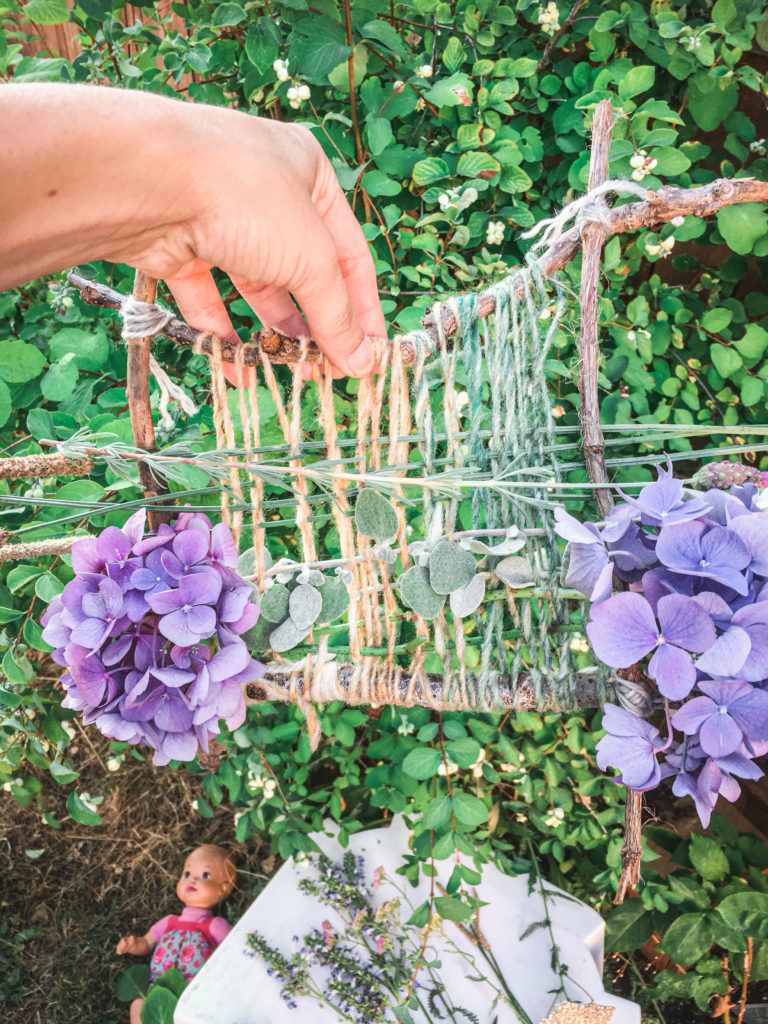
Nature Weaving Basic Instructions and Supplies
Plant Weaving supplies:
- Hard, stiff materials to make a frame, like 4 sticks
- Scissors
- String of wire to fasten the frame together
- Yarn or string to create the warp (the string that goes up and down)
- Longish, semi-stiff plant materials of various types
- Optional: Other yarn to add to the weave or to make tassels on the bottom
Basic Nature Weaving instructions:
- Create your frame. Fasten 4 sticks together, create one from cardboard, or use a pre-made loom. Or use a Y frame from a forked stick (see this video)
- Create the warp. This is the yarn or string that goes up and down through which you will weave the plants and/or other yarn. If you are using a hand-made stick frame, wrap the string a couple of times around the top stick and repeat on the bottom so the warp is strongly secured.
- Gather your plant materials and get weaving! Under, over, under, over the warp…then alternate for the next row.
- Fill in any spaces with weaving with yarn, if desired.
- Optional: add a yarn fringe at the bottom (this blog entry shows how to do this, scroll to the end).
- Attach a string to hang your beautiful plant weaving if you’d like (or place directly on a nail, if it works with your frame)

(A little) help from the kids
After creating the frame and wrapping the warp, the kids and I went outside to gather plants.
We picked plants with long, tall and straight stems for ease of weaving. I had in mind what I wanted to gather, but I let the kids direct me to what they want to add. They see things I over look.
They helped the best they could with the weaving, but they were only 4 and 1 when this was made, so we mostly did side-by-side crafting.
I do my craft, they do theirs, checking in with each other and exchanging ideas all the while.
After I wove the plants through, I added rows of yarns of various thicknesses throughout.
Lastly, I hung a fishing wire and it was on the wall.
Time and space medicine
Any time I work with plants, wether it be for craft, decoration or for medicine, I feel like I am working with time and space. Plant crafts, just like a hand-harvested herbal tea, creates a time capsule.
Of a beautiful Sunday in August, when the grass is brown and the ground is dry and warm, but a slightly cool breeze reminds us that the peak of summer has come and gone, and September nights and the ever darkening is upon us.
To me, this plant weaving is a snippet of that very day.
Until…the moths eat it.
The thing about working with natural fibers and plants is that moths get to them. Or at least they do in my house. They must know I am an herbalist and flock here.
But as they say, “if you don’t have something eating your plants, your garden is not part of an ecosystem”. Maybe that’s true with house moths?
In any case, just a few weeks ago the weaving got bumped and part of it came apart where moths have been nibbling it.
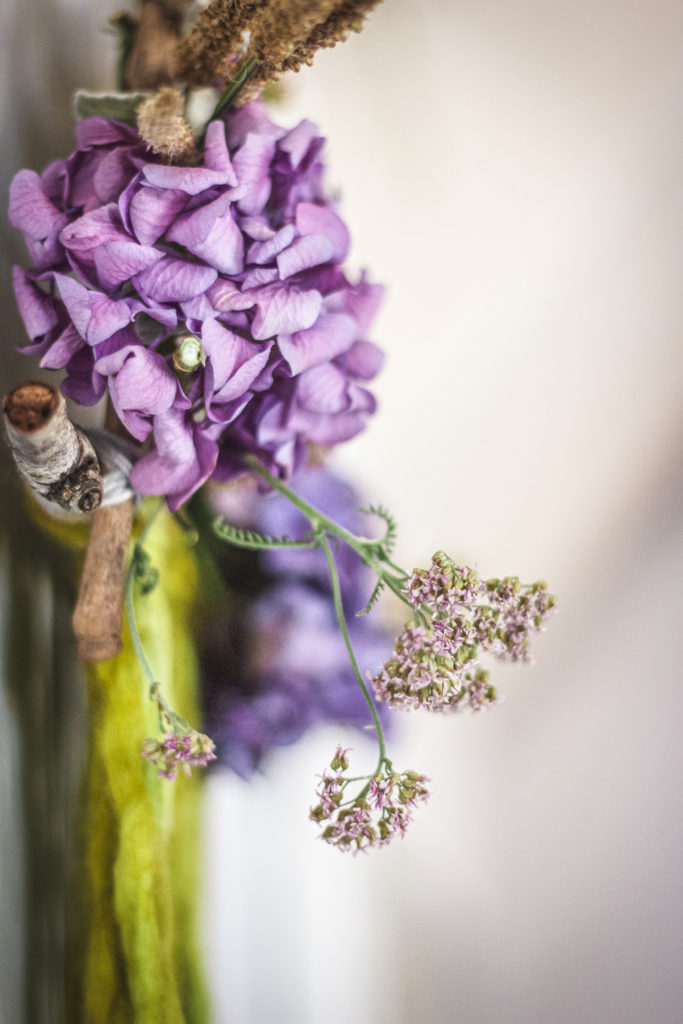
Back to the Earth
That’s okay.
Even the most beautiful dried flowers and plants start to break down and collect dust. Dried flowers are considered bad Feng Shui (Feng Shui is the environmental medicine branch in Chinese medicine). They are like energetic sponges and are said to attract bad energy. I believe it.
At some point all dried flowers and plants must be composted and returned to the earth.
Those are some of my favorite rituals, the ones where I give thanks for the old nourishment the old inspiration, and ceremoniously release them.
We currently have a burning ban, but in years past I have created small fire rituals with all the old flowers and plants from my house and integrated the ash into our soil or compost.
The best part of these return to the earth type rituals is that I really feel like I am open to the next iteration, the next batch of blooms and growth, and more snapshots of time and space preserved, albeit fleetingly, through the next round of plant crafts.
This nature weaving wall hanging project is part of a Plant Craft series.
Check the next project How to Make a Flower Crown here if you are like me and can’t get enough plant projects.
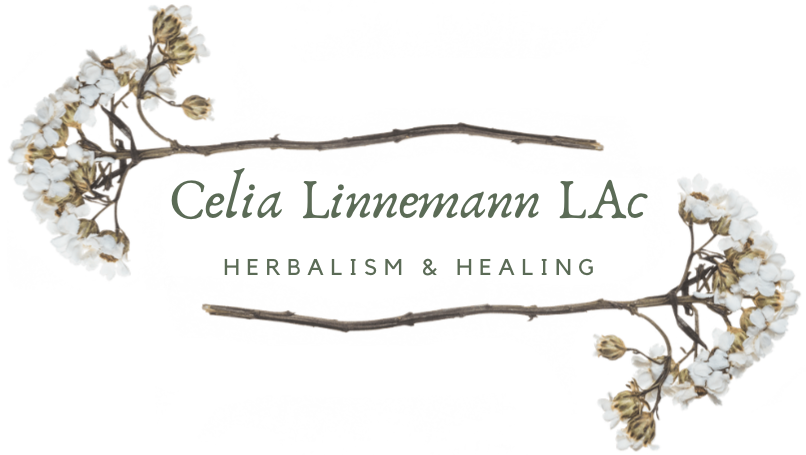
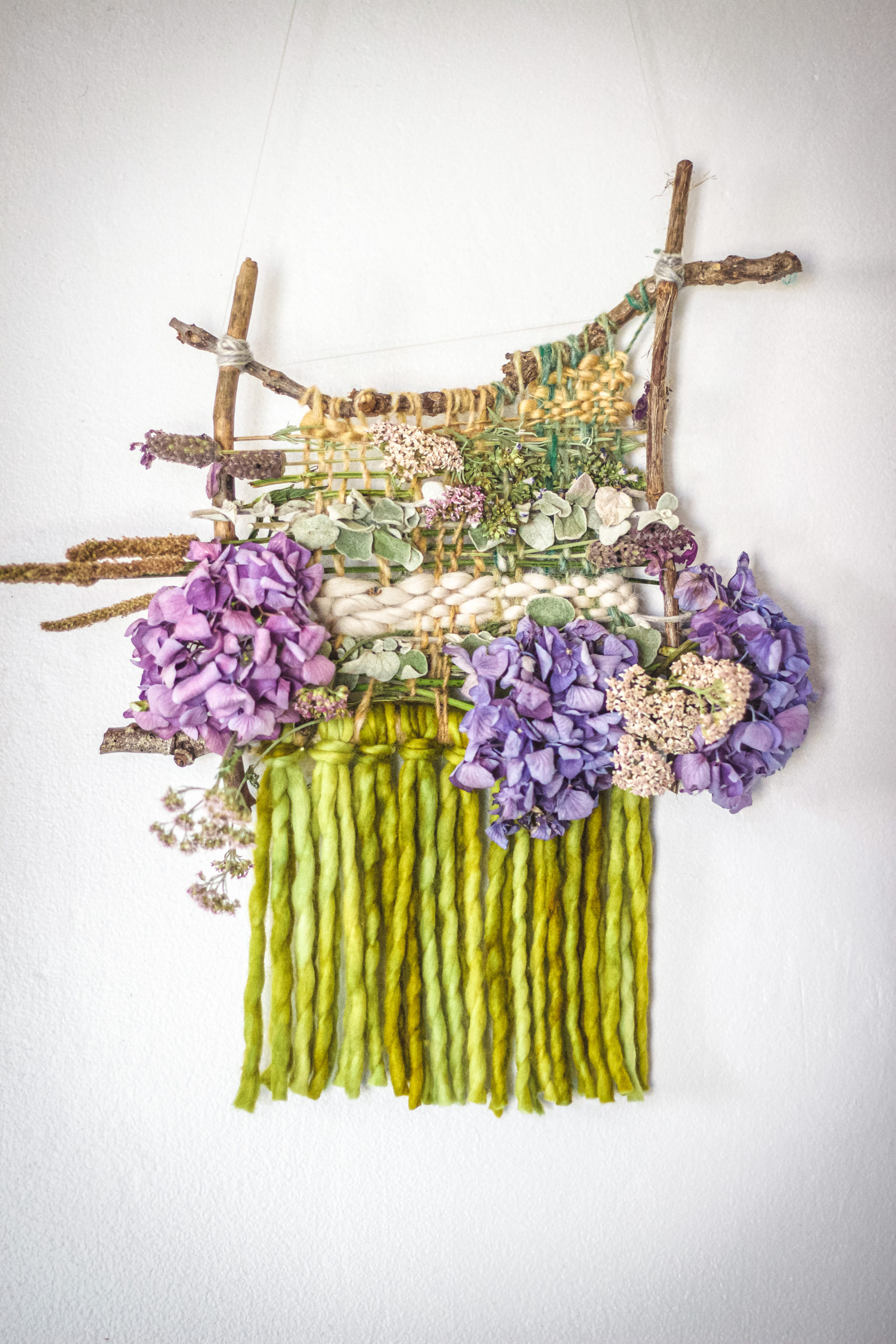


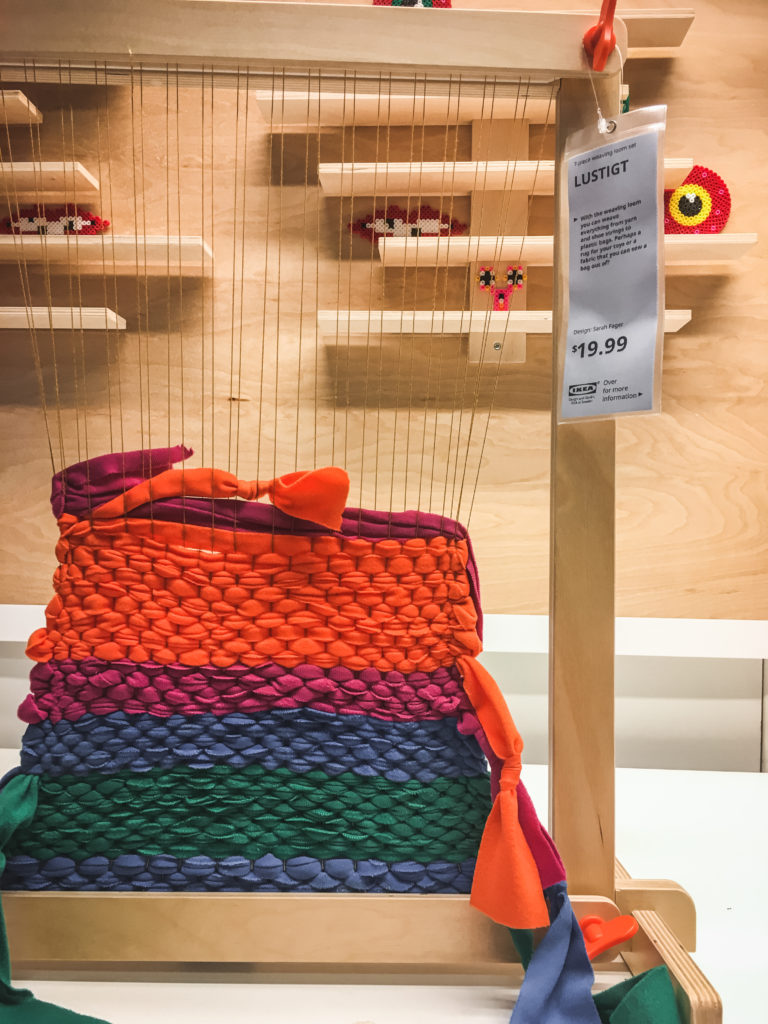
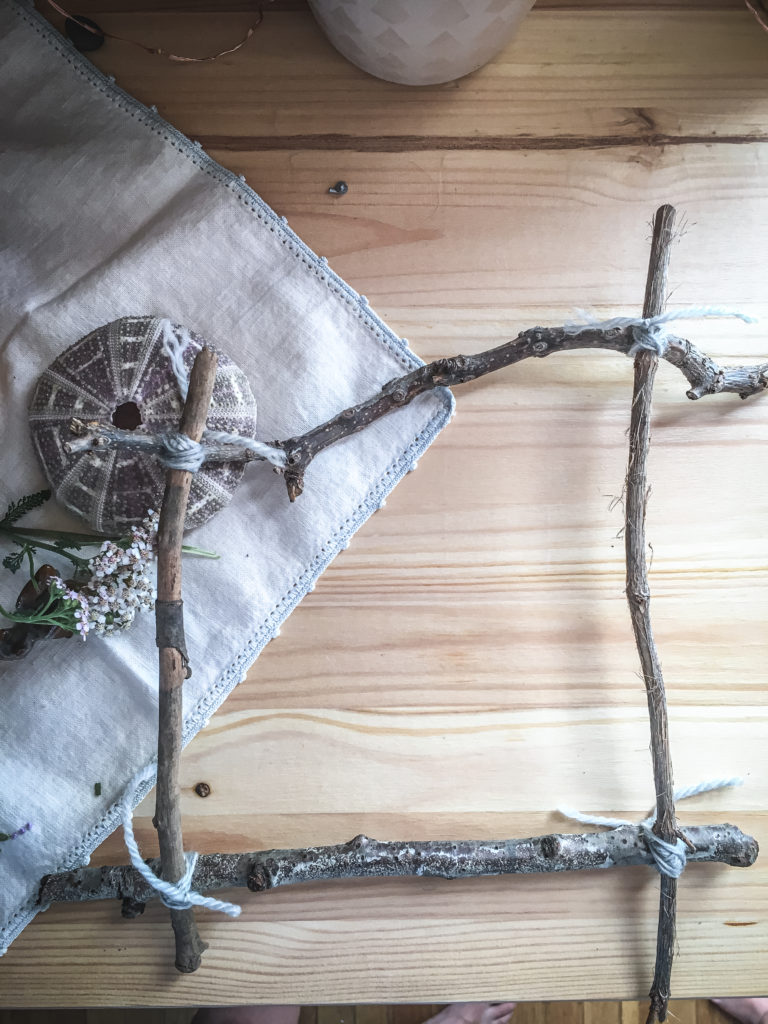
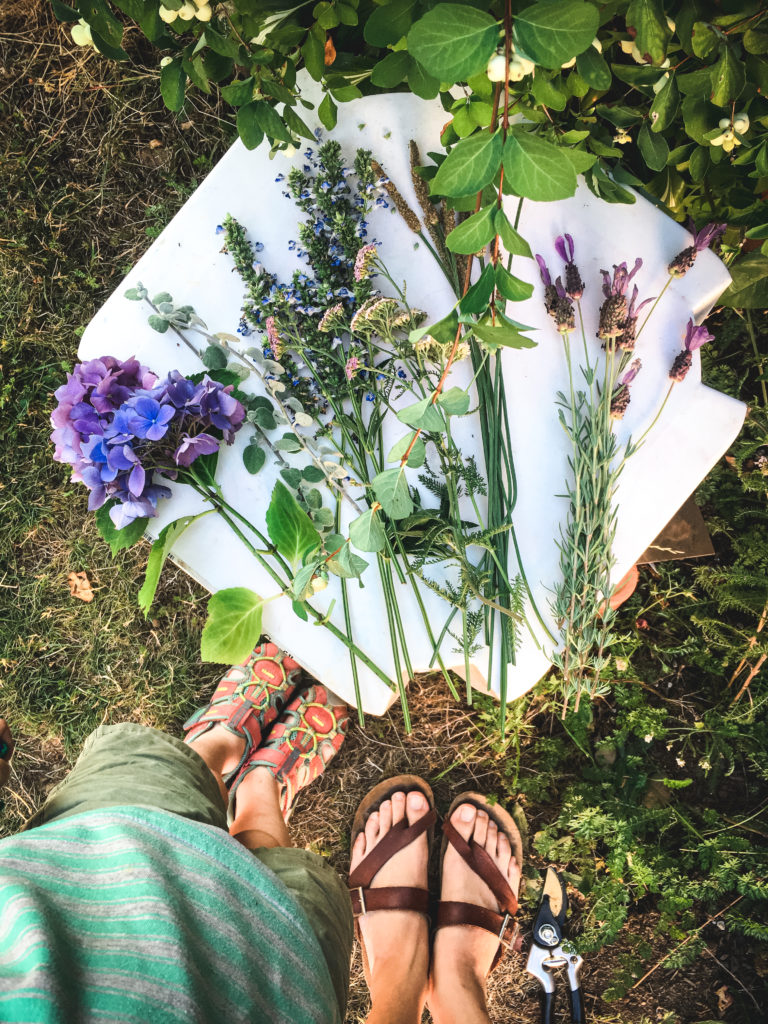
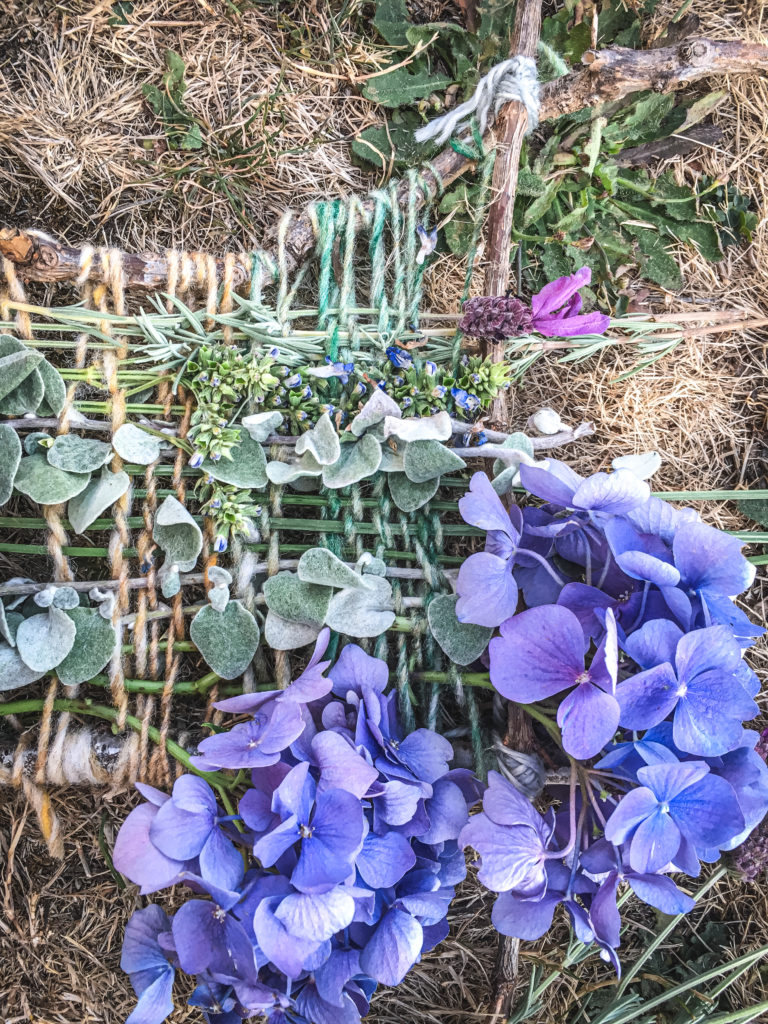
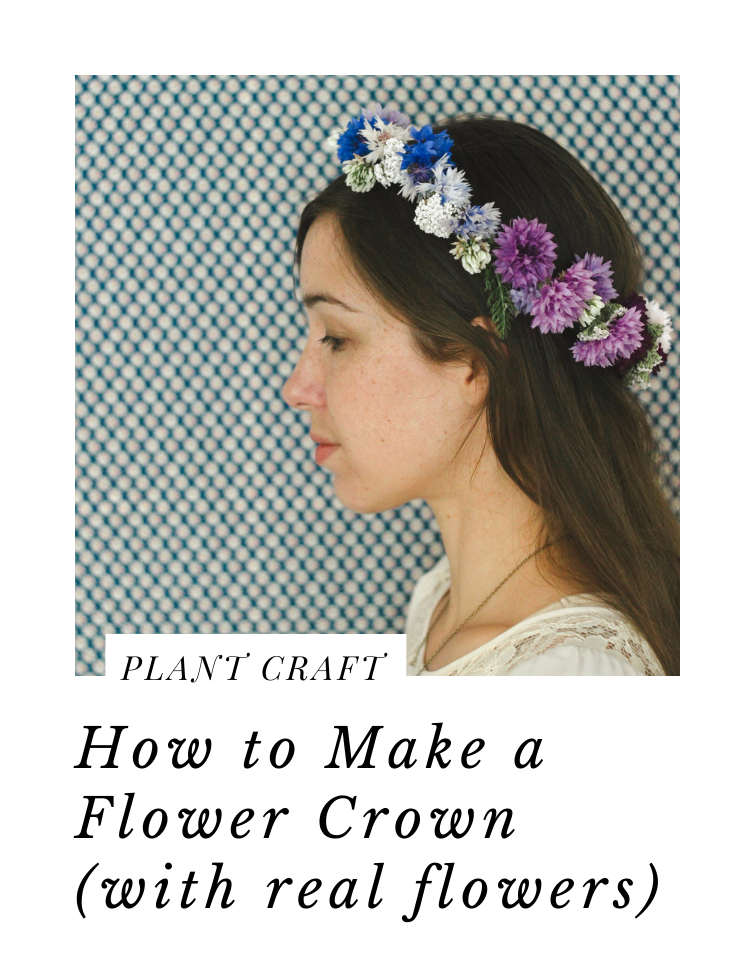


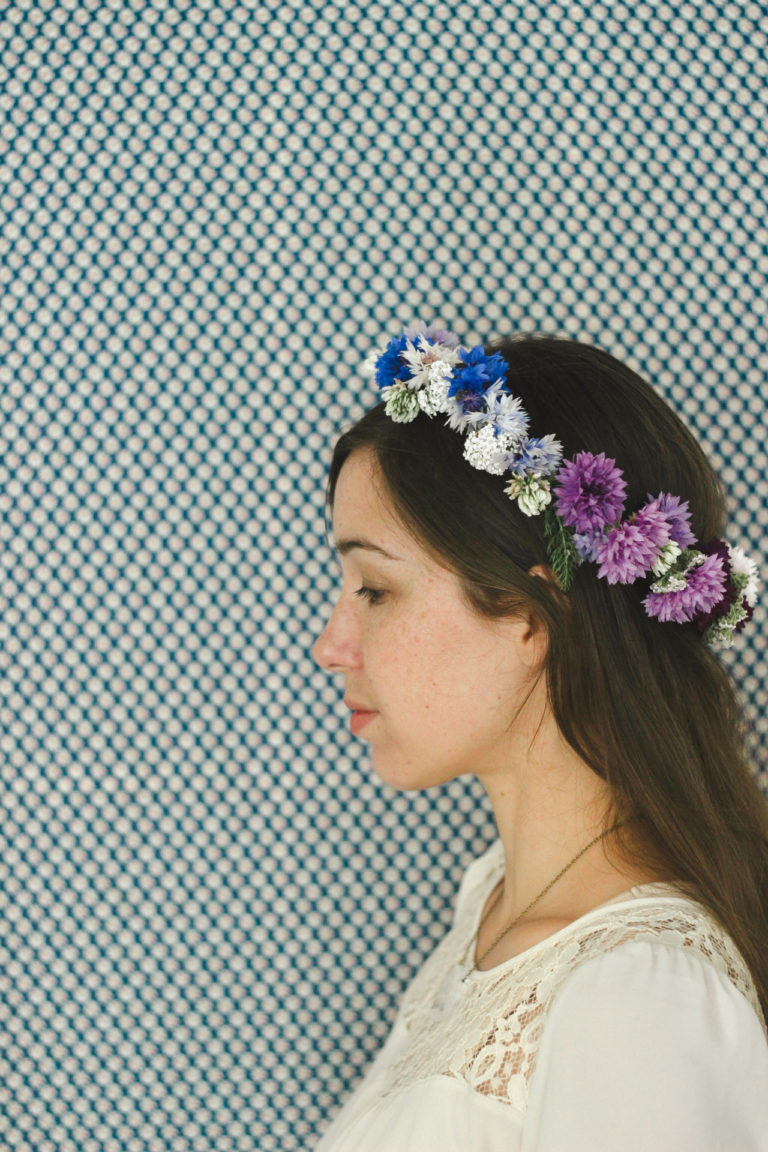
One Comment